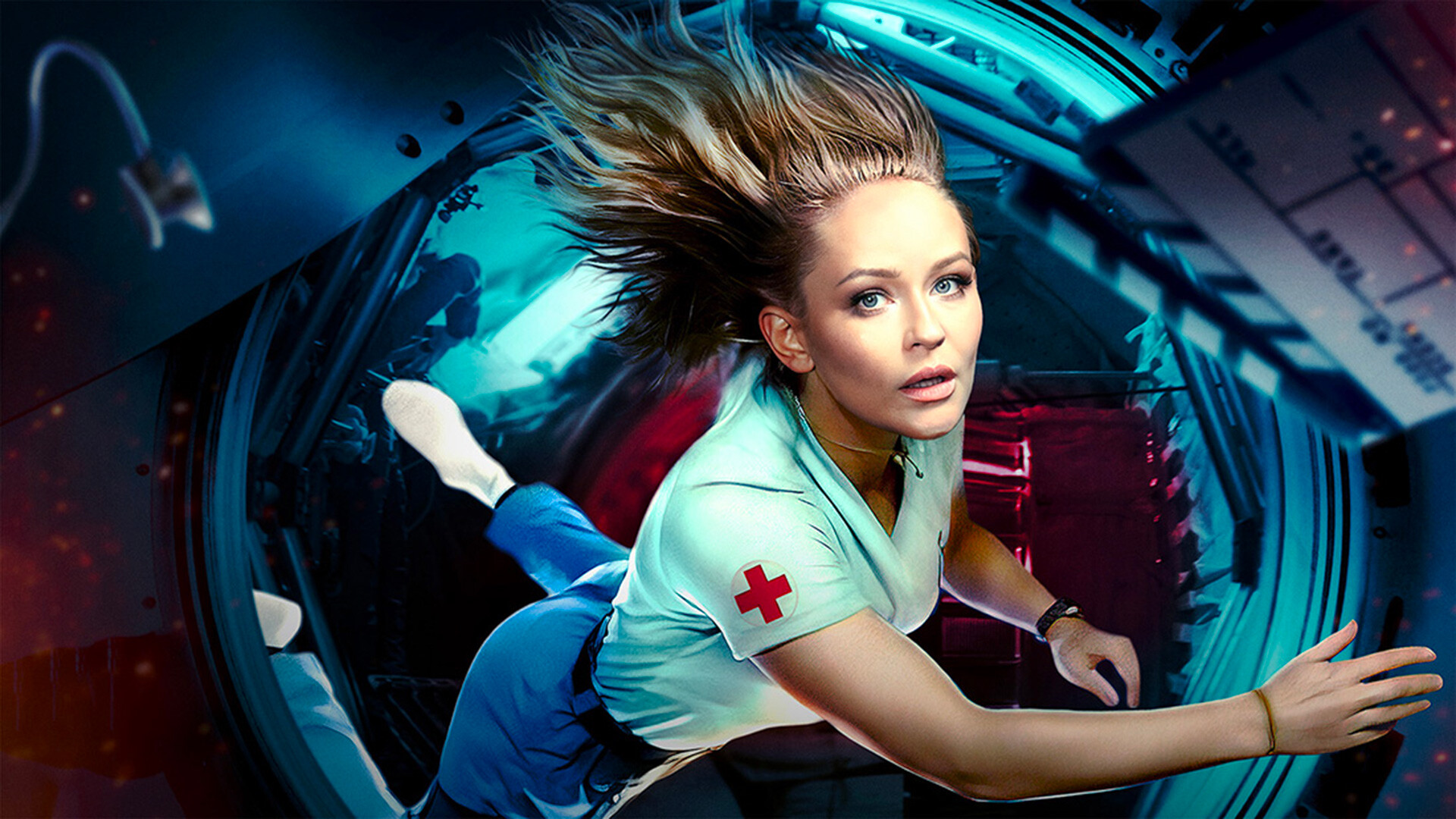
New Russian movie ‘The Challenge’ (‘Vyzov’) recently premiered in cinemas across the country. Especially for the movie, director Klim Shipenko (who also acted as cameraman and lighting support), along with actress Yulia Peresild (who doubled up as a makeup artist), actually spent almost two weeks on the International Space Station, acting out key scenes of the script. According to the story, an everyday woman surgeon without training is forced to go to the ISS to save the life of a cosmonaut.
Movies about space were, of course, successfully shot on Earth before. So, was it necessary to fly so far away?
Any director will confirm that it is extremely difficult to reproduce weightlessness on Earth. But, of course, it’s still possible. An interesting precedent was the Soviet sci-fi classic ‘Through Thorns to the Stars’ (1980). One of the space scenes in the movie was filmed in a pool filled with water - and the roles of cosmonauts were played by divers in futuristic costumes. The main disadvantage of this method - the inevitable air bubbles from the scuba diver. But even then, a way out was found. The actors were filmed upside down, so that the air went “down” and was not that conspicuous.
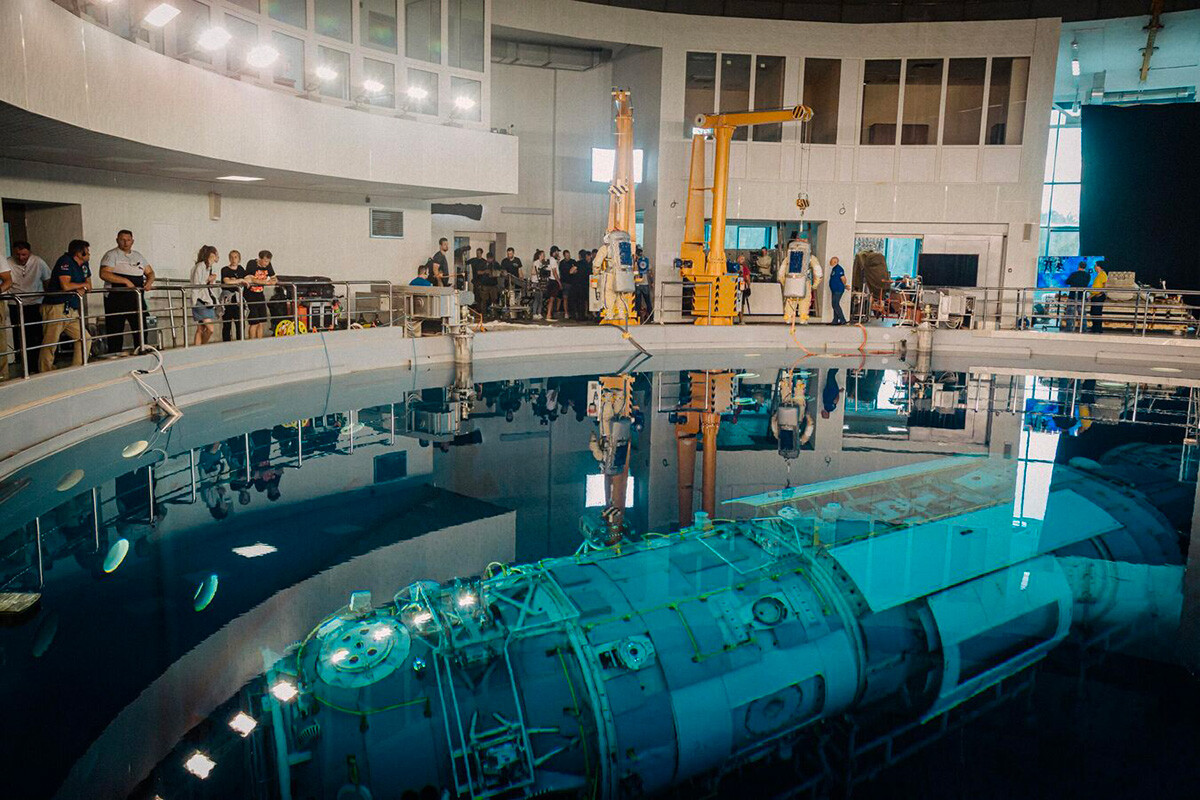
More oftenly, the filmmakers approach real cosmonauts, rather than divers. They use a special airplane for weightlessness training. The pilot first takes off sharply upwards, then sharply descends, and as a result zero gravity occurs on board. But it lasts only 25-30 seconds at a time. That’s why the makers of ‘Apollo 13’ (1995) had to make 612 launches to film just four hours of footage.
A cheaper, but no less complicated option is to suspend artists with a complex system of cables and suspensions, which are erased in post-production. This, in particular, is how ‘Gravity’ (2013) was filmed.
Of course, it is extremely challenging to reach full illusion of antigravity this way - it takes a lot of training before an actor finds the right balance and would look at ease.
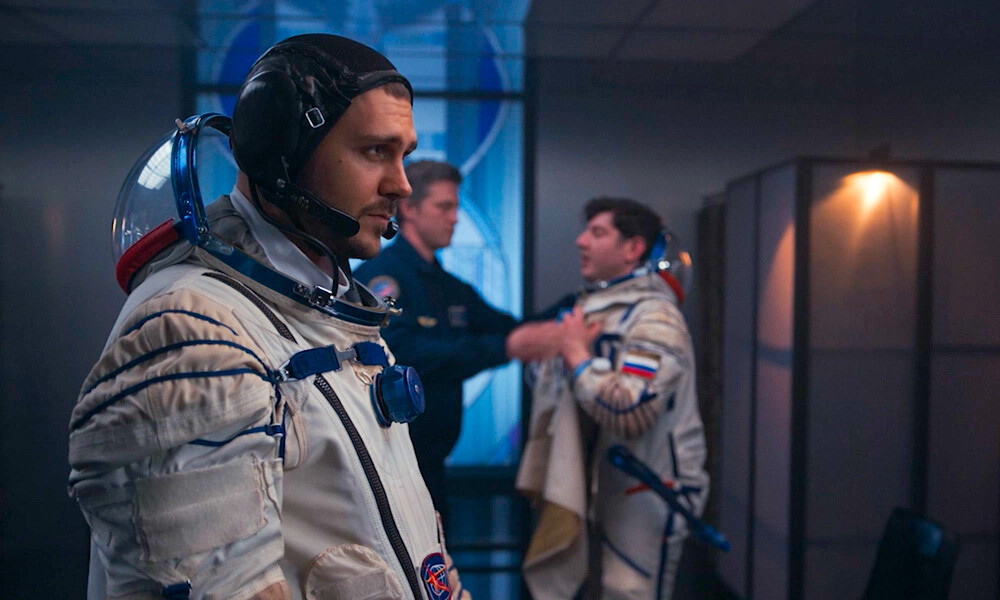
The laws of physics limit the angle of filming – cameramen do not have many options with how to film an artist suspended on wires. From the front, it’s easier, but from above or from the side, it becomes problematic. And, within the frame editing, it’s especially complicated in such scenes to do a sequential change of angles without mounting glues. Before ‘The Challenge’, only Alfonso Cuarón in ‘Gravity’ had allowed himself to do this.
‘The Challenge’ creators left all these restrictions in the past. Twelve full-fledged filming shifts took place on the ISS and the result was 78 hours and 21 minutes of footage. In the end, the movie included more than an hour – and during this time, we see actress Yulia Peresild in the most unimaginable angles, including her flights on the orbital station without any adhesions. Not only she, but the cameraman (director Shipenko) himself, moves in free-floating motion. Such choreography, such a real effect of presence has probably never been given to us by any space movie.
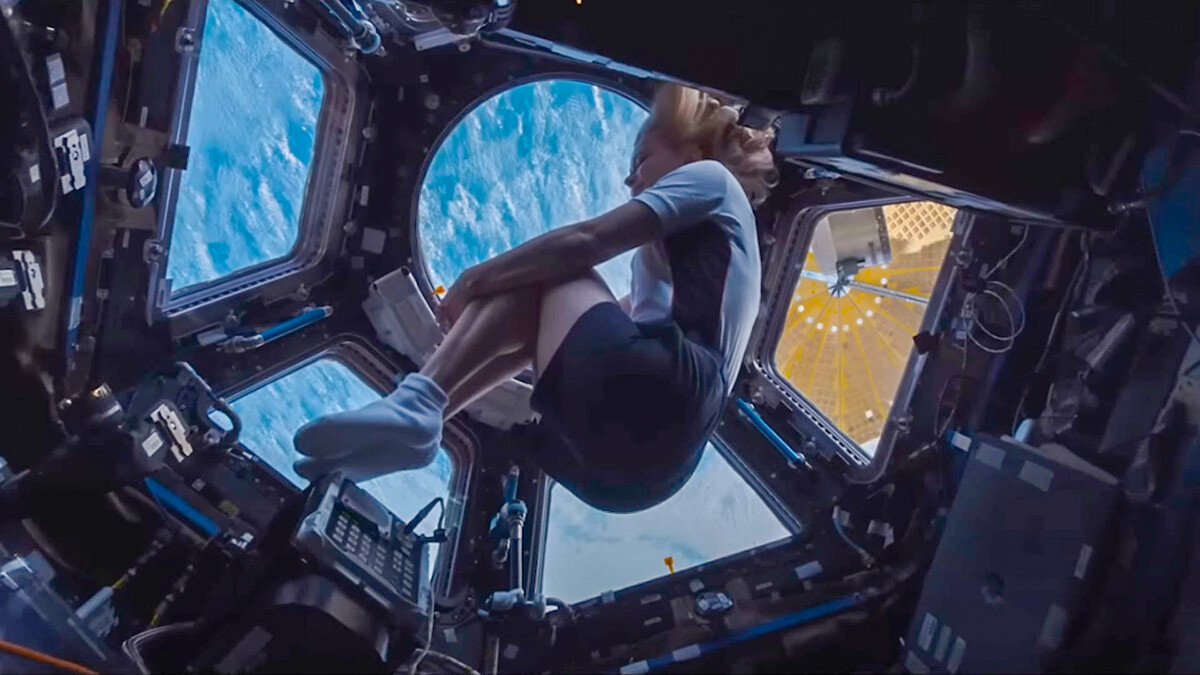
And yet, it’s not that all this made the overall budget radically higher than “ordinary” films about weightlessness. In fact, in some instances, it cost much less. The official budget of ‘The Challenge’ was less than 1 billion rubles (approx. $12 million)!
The wayward hair, even in our age of computer-generated imagery, is a huge problem. Even perfectionist Christopher Nolan had a problem with it. One of the few technical flaws in his ‘Inception’ movie can be seen in the zero-gravity scene – Joseph Gordon-Levitt’s character moves around the walls more spectacularly than Spider-Man, but his hair is still.
But okay, Gordon-Levitt had a very short haircut and it was stylishly greased. A more difficult task is to realistically draw long hair floating in weightlessness. That’s why female cosmonauts and astronauts in movies usually either cut their hair or have their hair in tight tufts and ponytails.
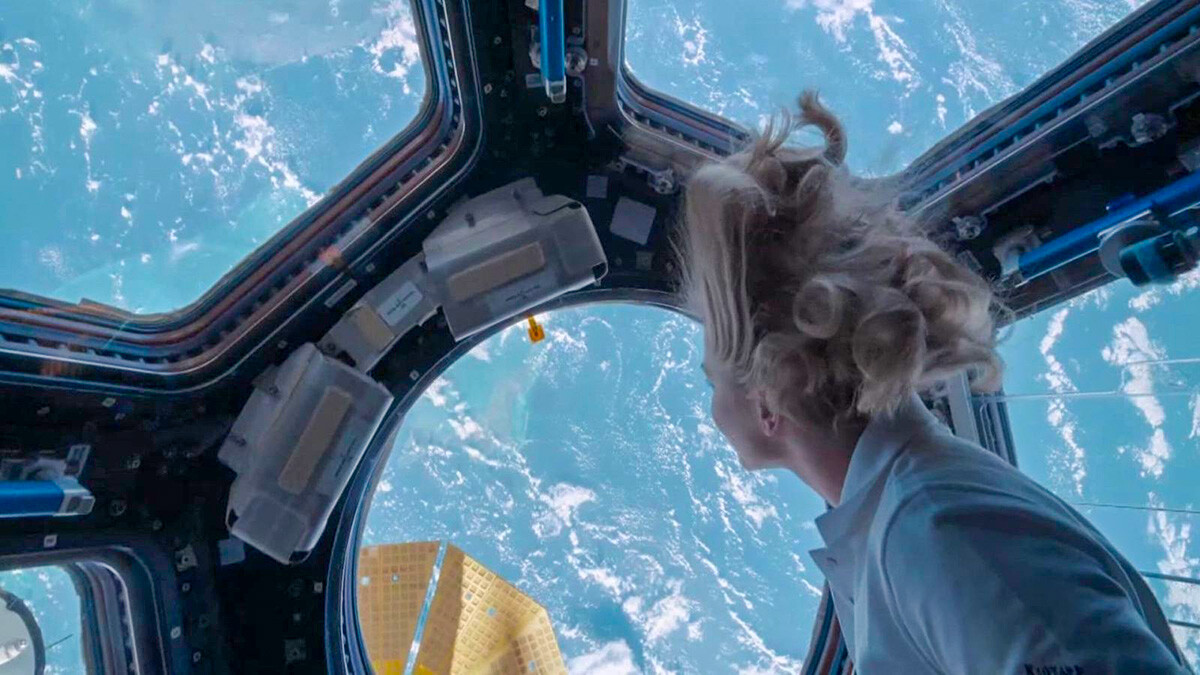
In ‘The Challenge’, this problem was solved by space itself. No visual effects were needed – Peresild’s hair lived its own life and created a stunning effect of verisimilitude.
Oddly enough, another traditional “space” problem resolved itself. A naughty bun of hair standing on end is comical! And the vast majority of movies about space are dramatic - and an unnecessary gag can easily kill any suspense. But, in ‘The Challenge’, Peresild’s space hairdo is so organic and we get used to it so quickly that there is no dissonance with the genre. On the contrary, the sense of authenticity only increases the tension.
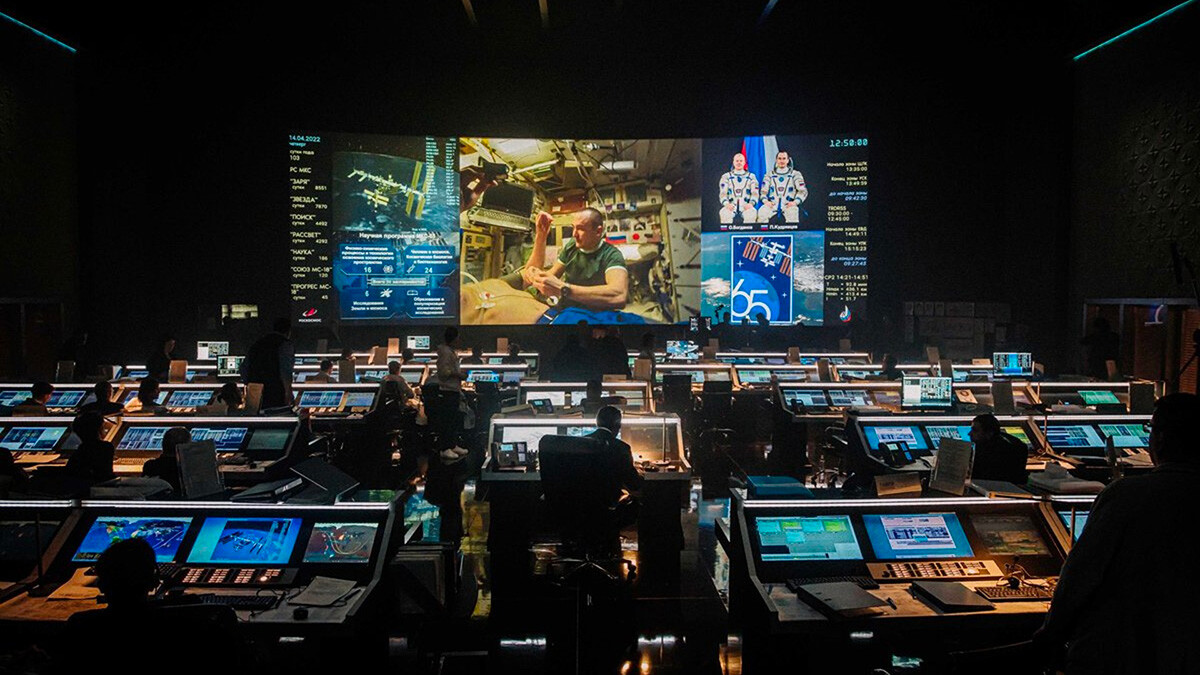
‘The Challenge’ proves that we have the wrong idea about space. We are already familiar with the view of the ISS from TV news and documentaries. However, it turned out that the station looks somewhat different, shot on a professional RED camera by a professional cameraman – Shipenko studied at the California film school and learned this profession along with directing. Of course, it is fantastic and incredibly beautiful. But, it’s still not as hi-tech and futuristic, rather more lived-in and worn than we’re used to seeing. At the same time, it is not as messy as it is portrayed in movies like ‘Armageddon’ (1998).
It also turned out that we have no idea what color and light are actually like in space. Shipenko used three LED lighting panels in orbit, but the light from the portholes, constantly changing, made its adjustments, shining red, blue, and green on Peresild’s face. Such aesthetic “mistakes” cannot be planned on Earth.
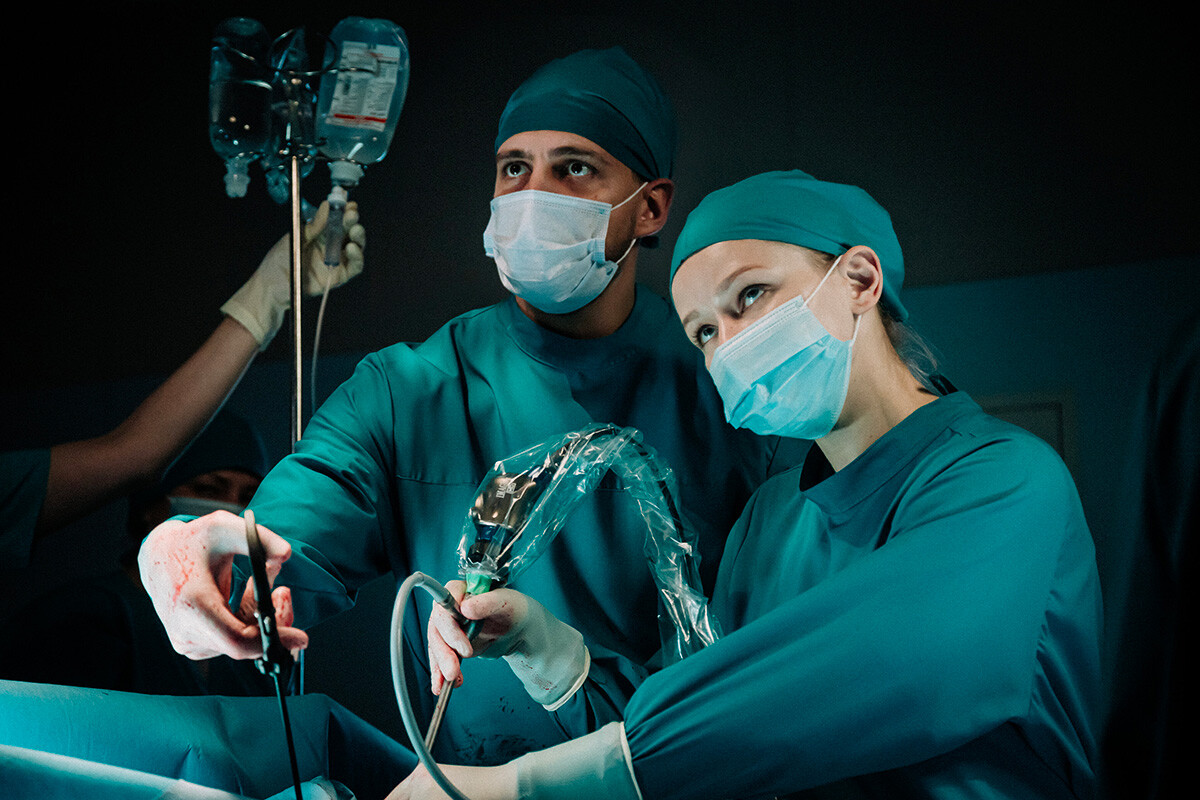
Today, when anything can be drawn on a computer, the world’s cinema, oddly enough, is returning to man-made effects. The most striking example is Christopher Nolan’s upcoming film ‘Oppenheimer’, where even a nuclear explosion is simulated without the aid of graphics. ‘The Challenge’ fits into this trend – the authentic texture in the frame is much more effective than the computer-generated one. Of course, the movie also has effects, such as an epic spacewalk scene. The creators obviously hoped very much to film it live. But, apparently, it will be next time!
Dear readers,
Our website and social media accounts are under threat of being restricted or banned, due to the current circumstances. So, to keep up with our latest content, simply do the following:
If using any of Russia Beyond's content, partly or in full, always provide an active hyperlink to the original material.
Subscribe
to our newsletter!
Get the week's best stories straight to your inbox